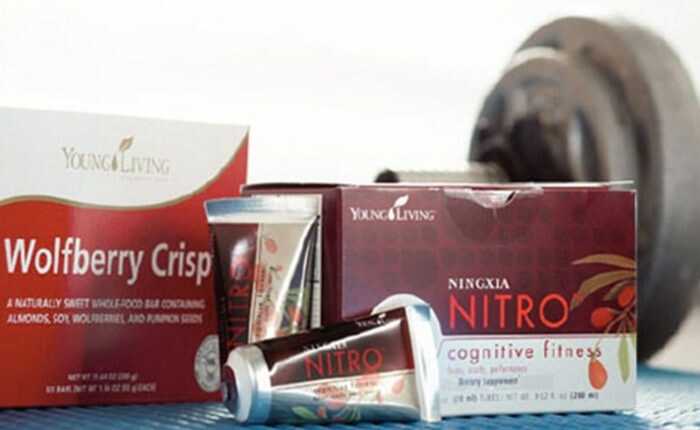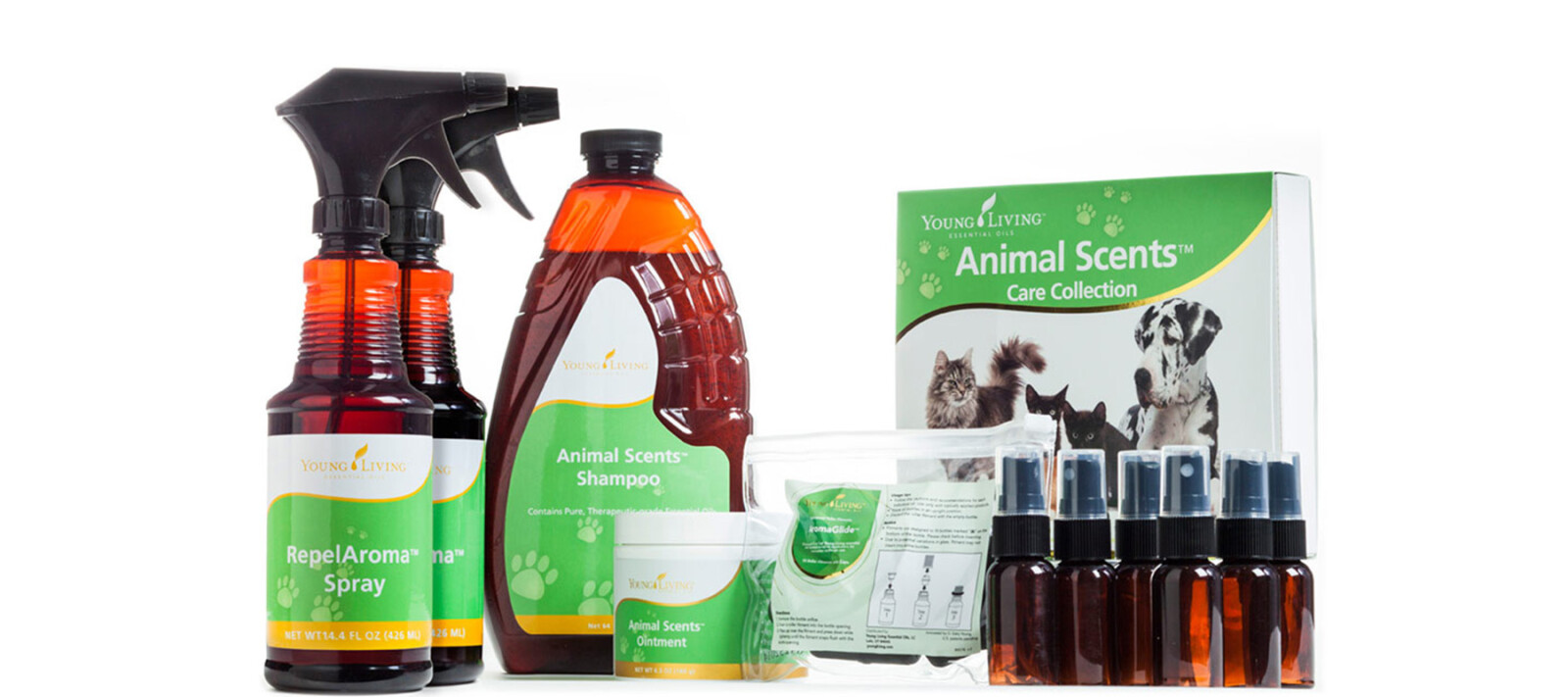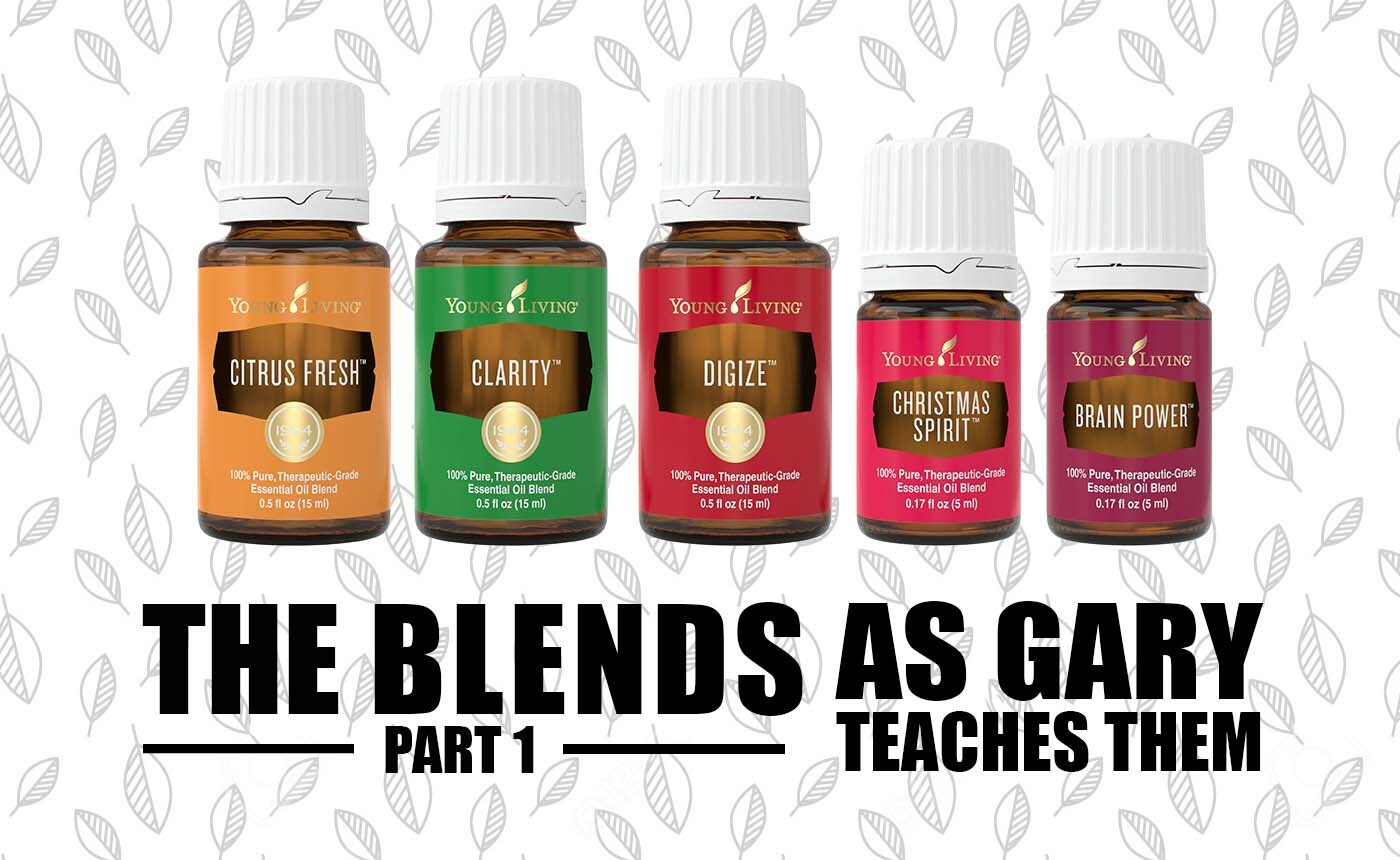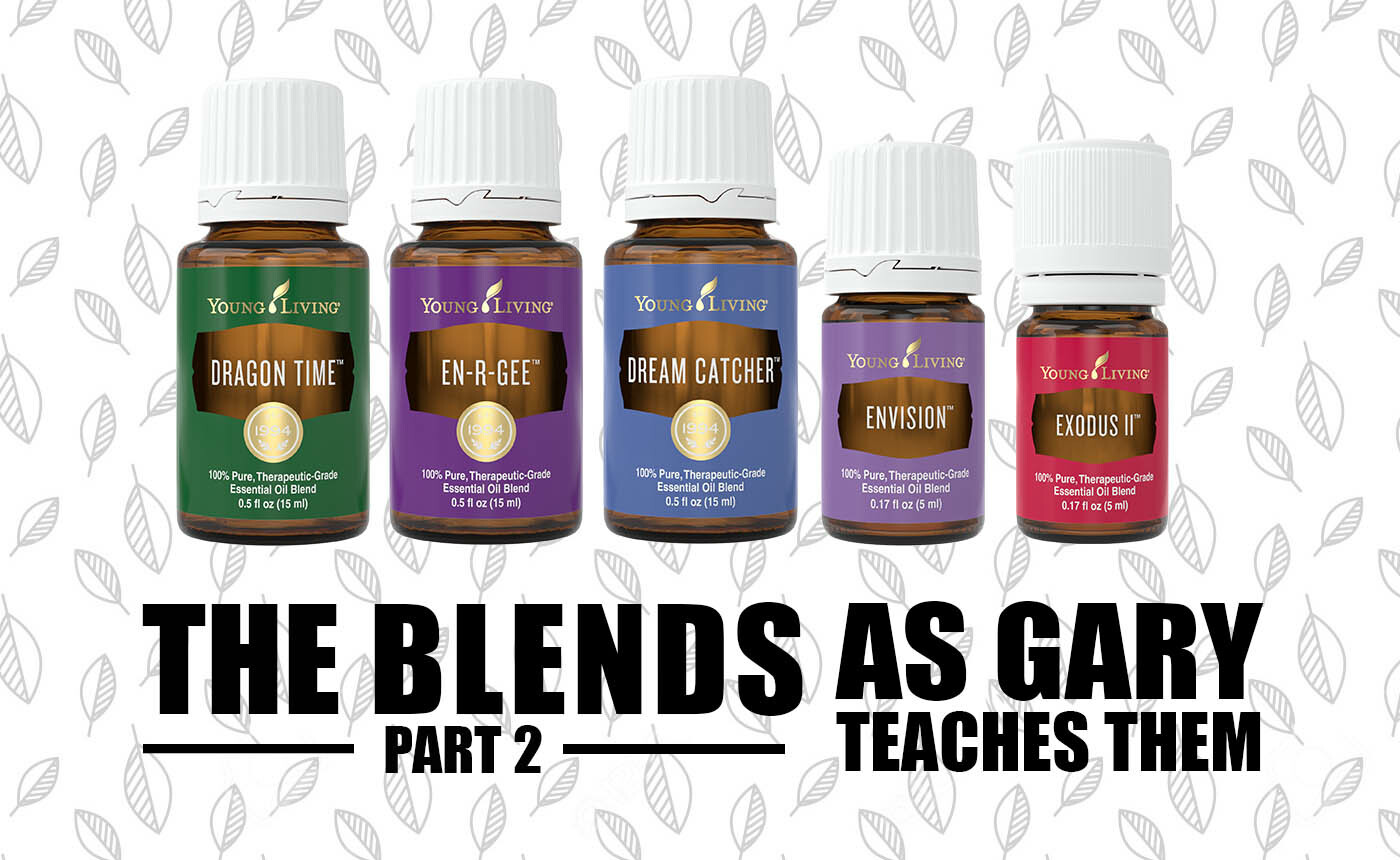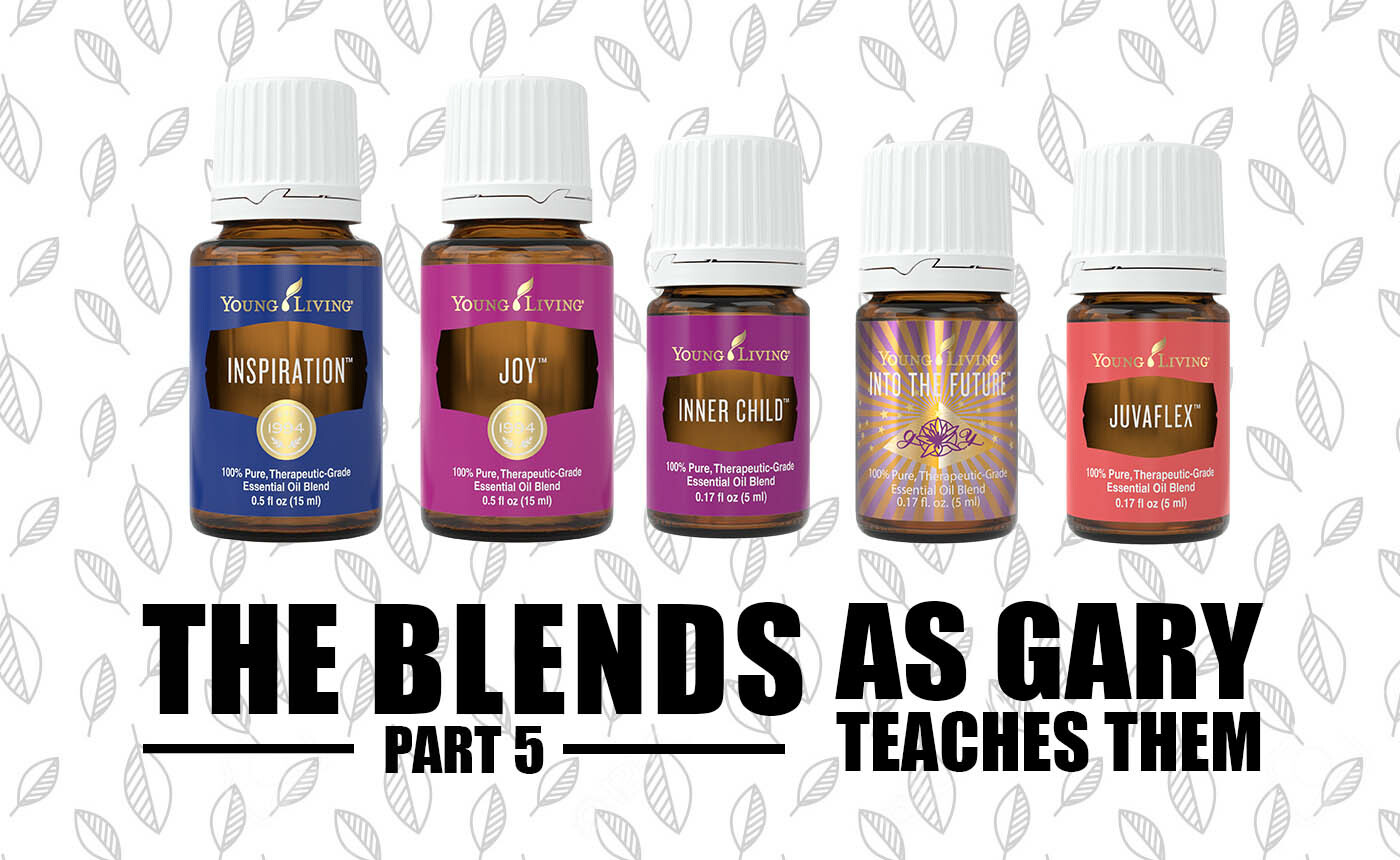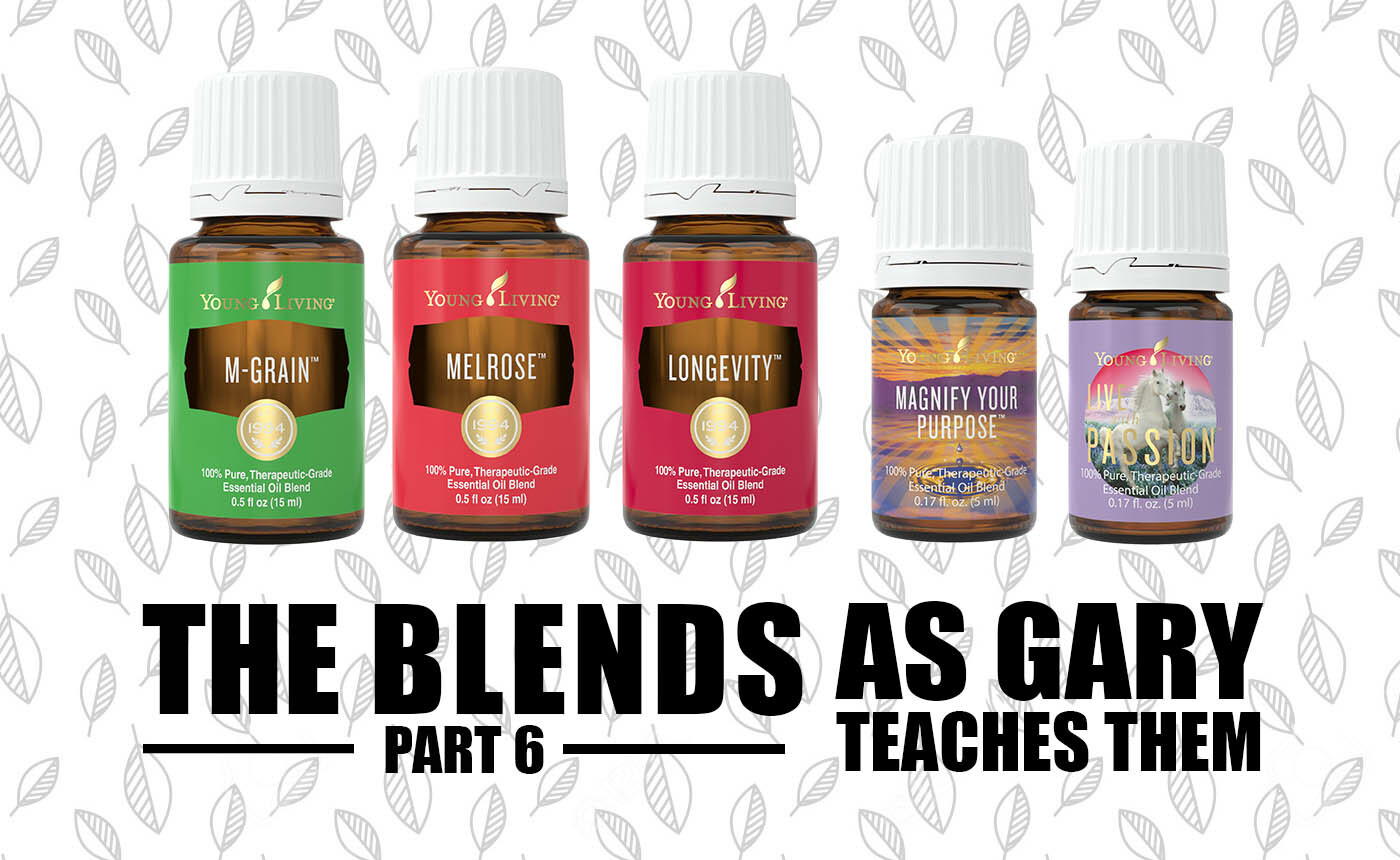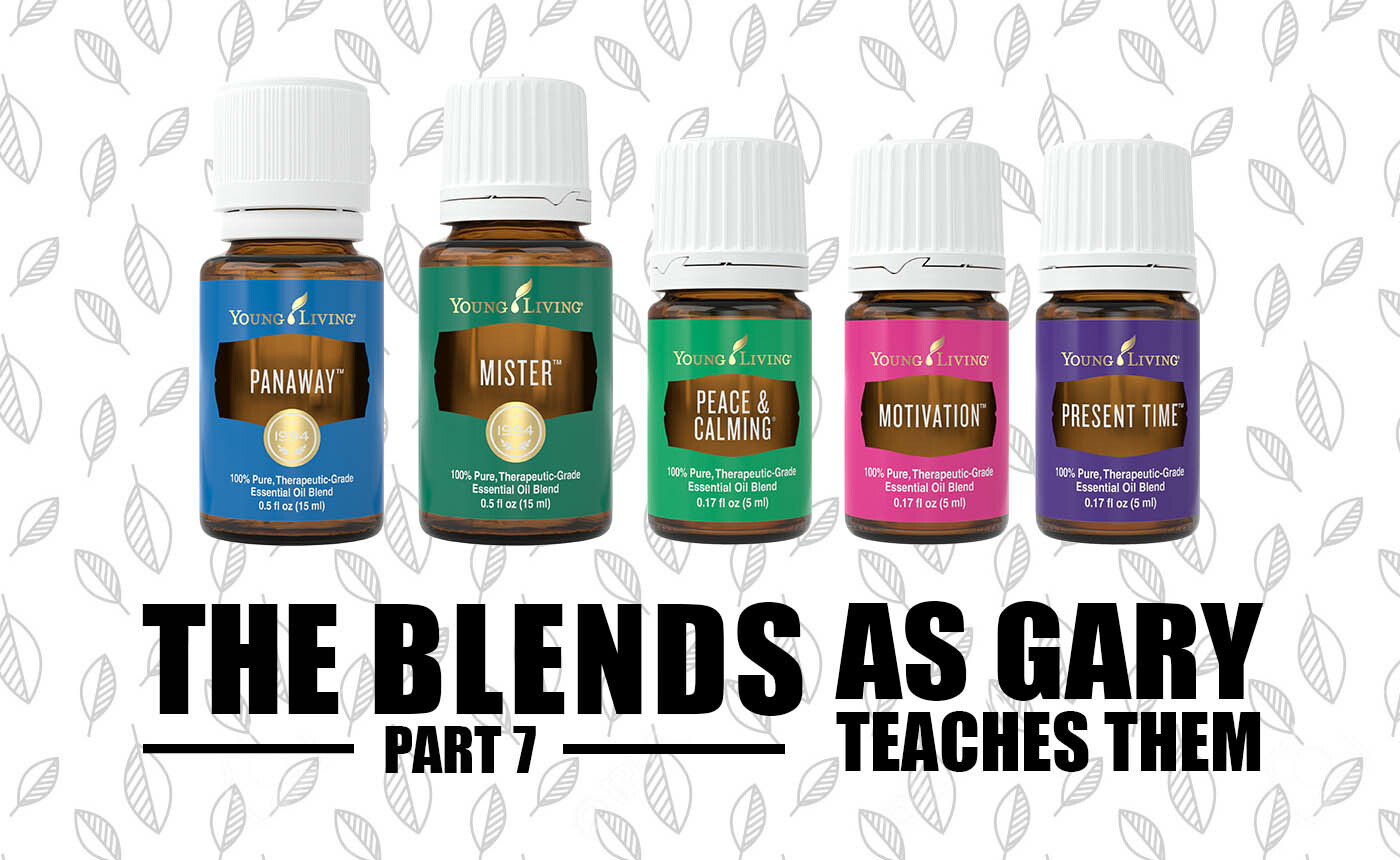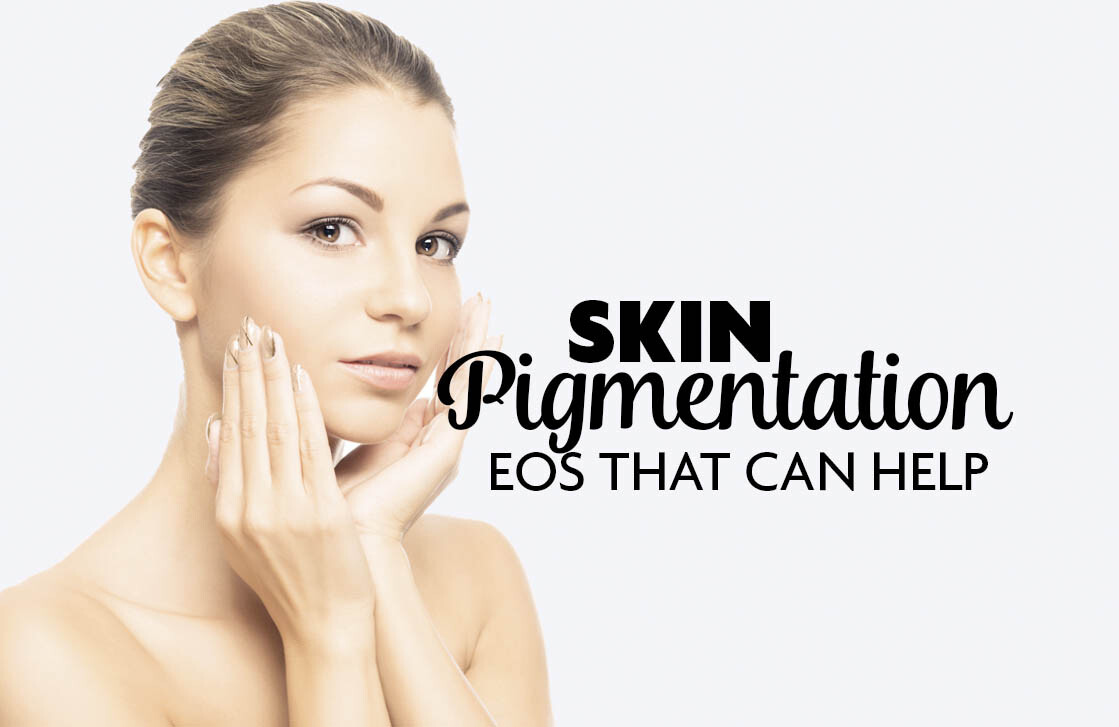
SKIN PIGMENTATION
TIME TO REVAMP YOUR SKINCARE ROUTINE
This post is contributed by One Drop member – Alice Pang.
Pigmentation means coloring. Skin pigmentation disorders affect the color of your skin. Your skin gets its color from a pigment called melanin. Special cells in the skin make melanin. When these cells become damaged or unhealthy, it affects melanin production. Some pigmentation disorders affect just patches of skin. Others affect your entire body.
If your body makes too much melanin, your skin gets darker. Condition such as pregnancy, Addison’s disease, and sun exposure all can make your skin darker. If your body makes too little melanin, your skin gets lighter.
Hyperpigmentation occurs when melanin is overproduced in certain spots on the skin.
Hyperpigmentation results in flat, darkened patches of skin that are light brown to black in colour, and can vary in size and shape.
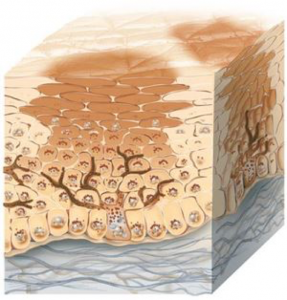 There are many types of hyperpigmentation, but the following are the most common:
There are many types of hyperpigmentation, but the following are the most common:Pigment spots such as age spots are caused by sun exposure. For this reason, they appear mainly on body parts that are frequently exposed, such as the face, hands and arms. They tend to be small, darkened patches of skin.
Melasma or chloasma is often referred to as “the mask of pregnancy”, as it affects 90% of pregnant women. It occurs as a result of hormonal influences such as pregnancy and birth control pills, and causes dark and irregularly shaped areas on the face or arms that can be quite large.
Freckles are caused by sun exposure, and commonly appear on the face.
Post-inflammatory hyperpigmentation occurs when a skin injury or trauma heals and leaves a flat area of discolouration behind. It’s commonly found among acne sufferers, and can also be caused by cosmetic procedures such as dermabrasion, laser treatment and chemical peels.
There are other factors that can cause patches of skin to become darker – such as scarring, birthmarks, solar or actinic keratoses and skin cancers – but these aren’t considered to be forms of hyperpigmentation.
To combat or reduce the appearance of hyperpigmentation, we usually turn to whitening products. But whitening skincare range usually contain Retin A, Retinol, AHA or hydroquinone. Products who these ingredients will get you very fast result but skin will be very thin and red and prone to flakiness.
Hydroquinone decrease the formation of melanin in the skin. Hydroquinone is usually used to lighten area of the darken skin such as freckles, age spots, melasma (also known as chloasma faciei).
Hydroquinone could be cancer causing according to FDA, and you can only get it from prescriptions through doctors in Singapore. But it is not restricted or controlled in other countries. It is banned in Europe and most countries but we can still find products using this because of the quick result.
Contrary to belief, Pigmentation does not come and go. It’s inbuilt under the skin and we can only prevent it from getting worse.
We cannot stop or escape from pigmentation but we can prevent it from getting worse.
How do we prevent hyperpigmentation?
First of all, we should start protecting our skin from UV rays. We should start as soon as possible. Young Living Mineral Sunscreen is a very important to introduce to our skincare regime. We have to start protecting our skin from UV rays as soon as we start getting exposure from sunlight.
Do note that for schooling children, they face a higher exposure to sun due to schooling and outdoor time. We have to start protecting them early even though pigmentation and not surface for them yet.
Tip: Apply the sunblock 20 min before you leave the house, to let the sunblock have sufficient time to work on the skin.
Add carrot seed or myrrh to enhance the result of sunblock but be mindful this is up to individual skin condition.
Secondly, make-up is one of the causes. The color pigment from blushers can stain the pigments and make it worse. Switch to natural make-up like Savvy Minerals blusher can help to prevent.
If you’ve used products containing the above-mentioned chemicals like Retin A, Retinol or AHA, or if you’ve done peeling before. Be mindful if you’ve used those products before or your skin had gone through 5-20% peeling before. Your skin will take some time to adjust to the switch to use of essential oils. Some skin might not adapt to it well and irritation may occur. There will be conflict between oils and the toxic initially and initially, the skin may protest and seem worse. But overtime, they will make peace and healing will then take place.
So we have to settle the irritation first by switching our skin care to something to toxic free skin care.
You may consider the ART series by Young Living.
And here’s how to use them:
Step 01 Remove Make-up
- Cleanse away skin oil with toner first, then use cleanser, then tone. *Additional step for Oily Skin
- Remove make up with Mirah Facial Cleansing Oil first.
Step 02 Cleanse
- ART Cleanser
Step 03 Tone
- ART Toner – Toner is very important. Double cleanse with toner on cotton pad wiped around the entire face in a firm but gentle movement.
Tip: Use a spray and spray toner over face, then pat dry with hands after double cleansing with toner on cotton pad.
Step 04 Eyecream
- Wolfberry Eye cream dab around eyes or alternative dab Frankincense essential oil around the eyes
Step 05 Serum
- DIY Facial Serum
Step 06 *Day time Care
- Young Living Mineral Sunscreen
Note: Cleansing is required even if we don’t wear make-up as we are exposed to dust and dirt constantly.
DIY Facial Serum for Pigmentation
Pick 2-3 essential oils from the list below, in a 10-ml dropper bottle, drop 10 drops of oils each (2-3 essential oils) then top it up with V-6 Vegetable Complex Oil or Grape Seed oil (Oily or Combination Skin) or Argan Oil (Dehydrated or Dry Skin)
Essential Oils list for pigmentation:
- Rose
- Frankincense
- Sacred Frankincense
- Lavender
- Lemon *photosensitive, use at night only
- Sandalwood
- Carrot Seed
- Geranium
- German Chamomile
- Manuka
- Bergamot *photosensitive, use at night only
Top up with Carrier Oil:
- Carrier Oil V-6 Vegetable Complex or Grape Seed (oily, combination) or Argan (dehydrated, dry) Oil
You are welcome to contact me for my private class details.
Tip:
Myrrh is good for brightening.
Gentle Baby for super dehydrated skin.
Use Young Living Seedlings Wipe as a effective make up remover.
If you like Alice’s articles and would like to purchase the Young Living oils or have further clarifications, please contact Alice here. If you are ready to sign up as member to purchase, you can click here to join Alice and her team.


